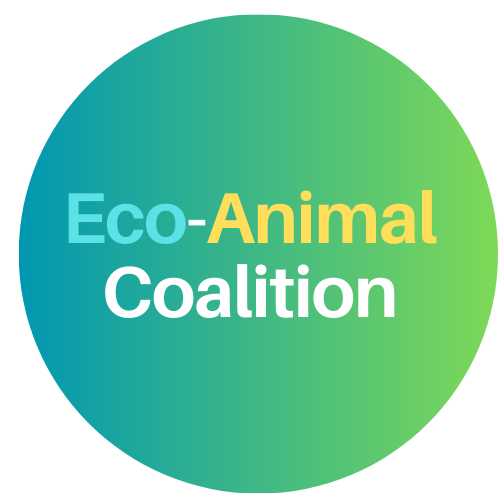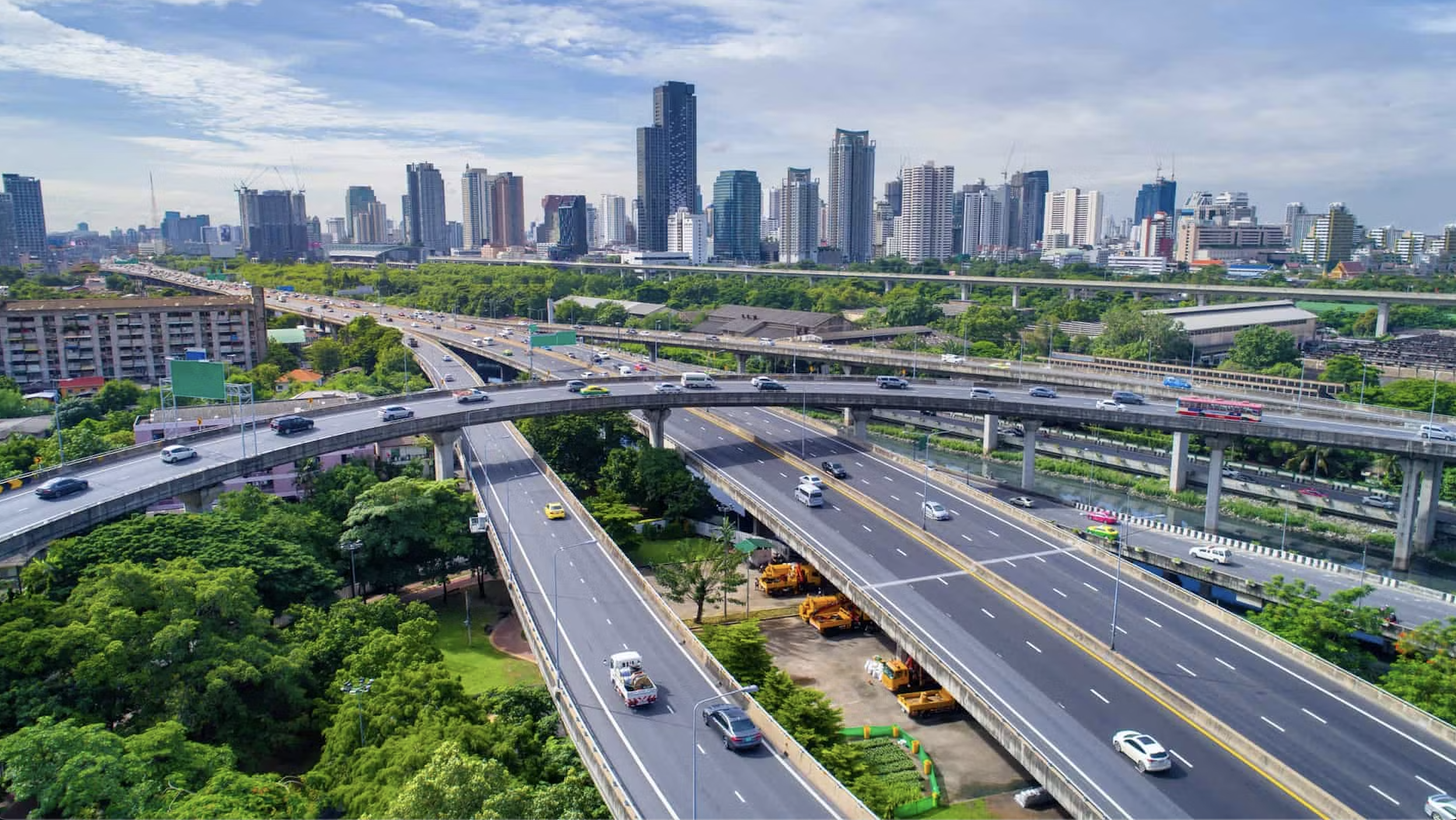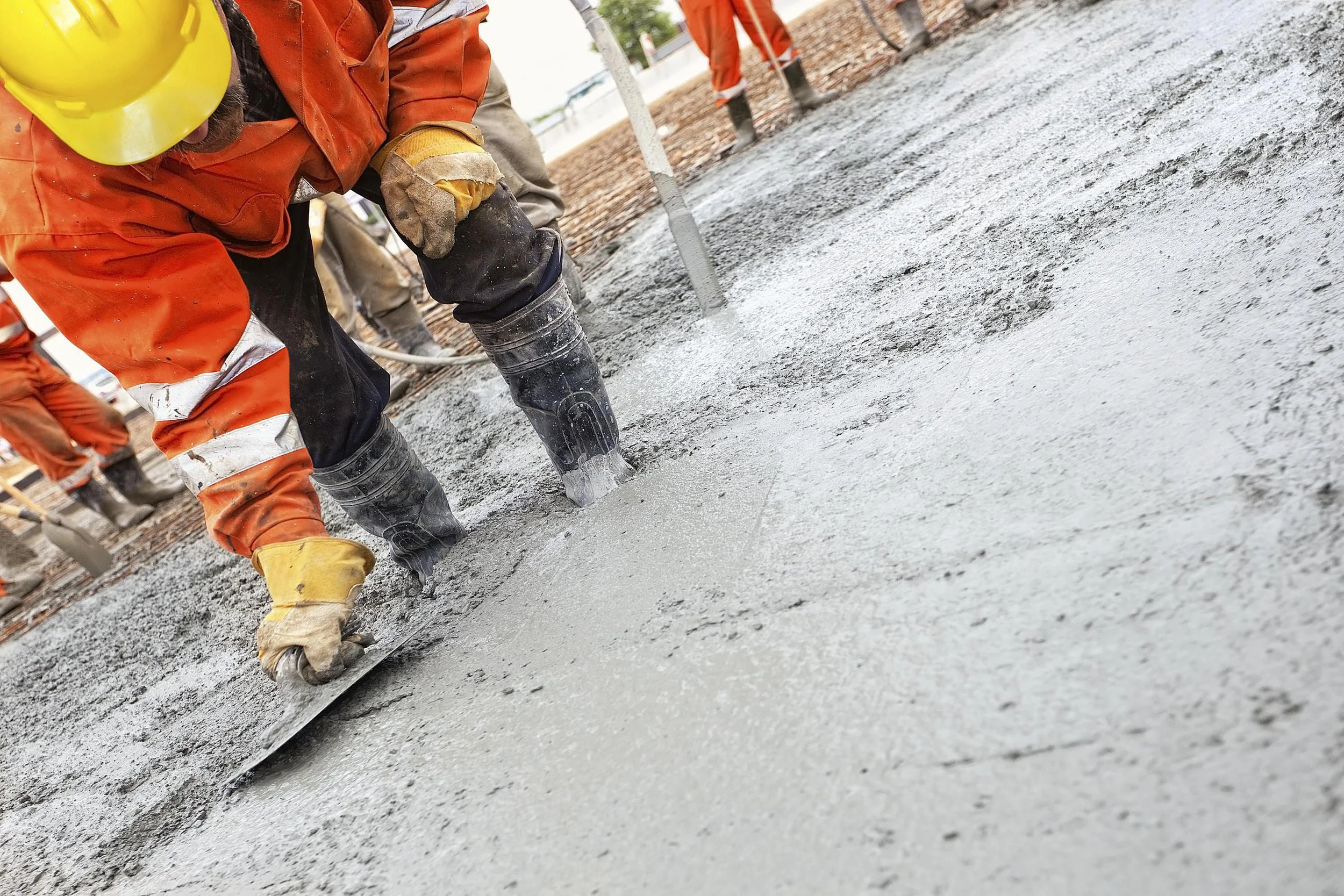Let’s pour the foundation for a better future.
What is the Low-Carbon Concrete Initiative?
Concrete is everywhere. It is in our sidewalks, roads, bridges, and buildings, but few people realize that traditional concrete is also one of the largest sources of industrial carbon emissions in the world. The production of cement, a key ingredient in concrete, accounts for nearly 7% of global CO₂ emissions.
That’s why we’re proposing a Low-Carbon Concrete Ordinance for the City of Boulder. This is a bold, practical step to reduce emissions from public infrastructure while supporting local innovation. Government agencies purchase a significant percentage of all concrete used, and therefore, are uniquely positioned to lead the way forward in driving decarbonization of the concrete industry.
What We’re Asking: We’re calling on the City of Boulder to adopt this ordinance and make Boulder a national leader in sustainable infrastructure. This policy aligns with our climate emergency declaration, leverages existing state momentum, and builds on the innovative spirit that defines our community.
Policy at a Glance:
Requires concrete used in city-funded projects to meet science-based climate standards.
Sets clear Global Warming Potential (GWP) limits, based on Environmental Product Declarations (EPDs).
Creates an incentive structure that rewards contractors for going beyond baseline emissions reductions.
Adjusts the city’s contract bid evaluation process, favoring contractors with the lowest carbon concrete.
Encourages use of carbon-sequestering and carbon-negative concrete technologies.
Launches a pilot program and funding support for local producers to innovate and compete.
Why It Matters: Every year, the City of Boulder pours thousands of cubic yards of concrete for street repairs, sidewalks, stormwater systems, and civic infrastructure. By requiring lower-carbon concrete, Boulder can slash emissions from one of its most overlooked but high-impact sectors.
Because cities are such major buyers of concrete, they have the power to shift markets. When Boulder leads, suppliers respond, and neighboring cities often follow.
Want to provide input on shaping this policy? We’d love to hear your thoughts! See the full text of the policy below.
Full Text of the Proposed City Ordinance (Rough Draft)
Low-Carbon Concrete in Municipal Construction Projects
AN ORDINANCE establishing embodied carbon standards and procurement preferences for concrete used in City of Boulder-funded construction projects, and providing for implementation of low-carbon concrete practices.
SECTION 1. Purpose and Findings
WHEREAS, the City of Boulder has declared a climate emergency and adopted science-based targets to achieve net-zero emissions; and
WHEREAS, the production of cement and concrete is a major source of global greenhouse gas emissions, with traditional concrete mixes contributing significantly to embodied carbon in public infrastructure; and
WHEREAS, technological innovations now allow for the production and use of lower-carbon and carbon-sequestering concrete without compromising safety or performance;
NOW, THEREFORE, the People of the City of Boulder do hereby enact the following:
SECTION 2. Definitions
Concrete Mix: A specific formulation of cementitious material, aggregates, water, and additives used in public construction.
EPD (Environmental Product Declaration): A third-party verified Type III document disclosing the environmental impact of a product, including Global Warming Potential (GWP).
Global Warming Potential (GWP): A measure of the climate impact of a product, expressed in kilograms of CO₂-equivalent per unit volume.
Carbon-Sequestering Concrete: Concrete that permanently stores carbon dioxide, reducing its net emissions.
SECTION 3. Applicability
This ordinance shall apply to:
All new municipal construction and major renovation projects solicited by the City on or after January 1, 2027.
Any project funded in whole or in part by the City of Boulder requiring the use of concrete.
SECTION 4. Requirements for Concrete Procurement
EPD Requirement: All concrete used in applicable city projects must have a product-specific, third-party verified Type III EPD at time of submission.
GWP Thresholds: The City shall establish and publish GWP maximums for standard concrete strength not to exceed the GWP maximums established by the State of Colorado Office of the State Architect as set forth in C.R.S. 24-92-117.
The GWP maximums established by the City shall be updated:
At a minimum of every two years to adequately reflect industry progress in decarbonization of the concrete industry, and
Immediately upon updates made by the Office of the State Architect.
Tiered Incentive Structure:
Concrete mixes used in a project will be categorized into three tiers:
Tier 1 - Baseline Compliance: mix meets the current GWP threshold.
Tier 2 - Preferred: mix achieves ≥ 10% lower GWP than the threshold.
Tier 3 - Innovation: mix achieves ≥ 20% lower GWP than the threshold.
Tier 4 - Innovation plus: project achieves ≥ 30% lower GWP than the threshold and utilizes carbon sequestration or carbon-negative materials (e.g. synthetic limestone, captured CO₂ injection).
Procurement Bid Evaluations:
Projects meeting the criteria for Tier 2 shall be evaluated at a cost level that is discounted by 5% of the estimated cost.
Projects meeting the criteria for Tier 3 shall be evaluated at a cost level that is discounted by 10% of the estimated cost.
Projects meeting the criteria for Tier 4 shall be evaluated at a cost level that is discounted by 15% of the estimated cost.
SECTION 5. Exemptions
( To Be Determined)
SECTION 6. Pilot Program and Funding
The City shall establish a Low-Carbon Concrete Innovation Program to:
Support pilot projects meeting Tier 3 or 4 criteria.
Provide grants or cost-share funding to local producers seeking to develop or test qualifying technologies.
SECTION 7. Reporting and Transparency
The City shall publish an annual report detailing:
total volume of concrete procured;
average GWP per mix;
number of projects in each tier; and
total estimated CO₂ savings compared to 2025 baseline levels.
SECTION 8. Implementation and Review
The ordinance shall take effect upon passage and publication.
A full program review shall occur every 4 years, with adjustments to GWP thresholds and scoring metrics as necessary to reflect market and technological developments.



